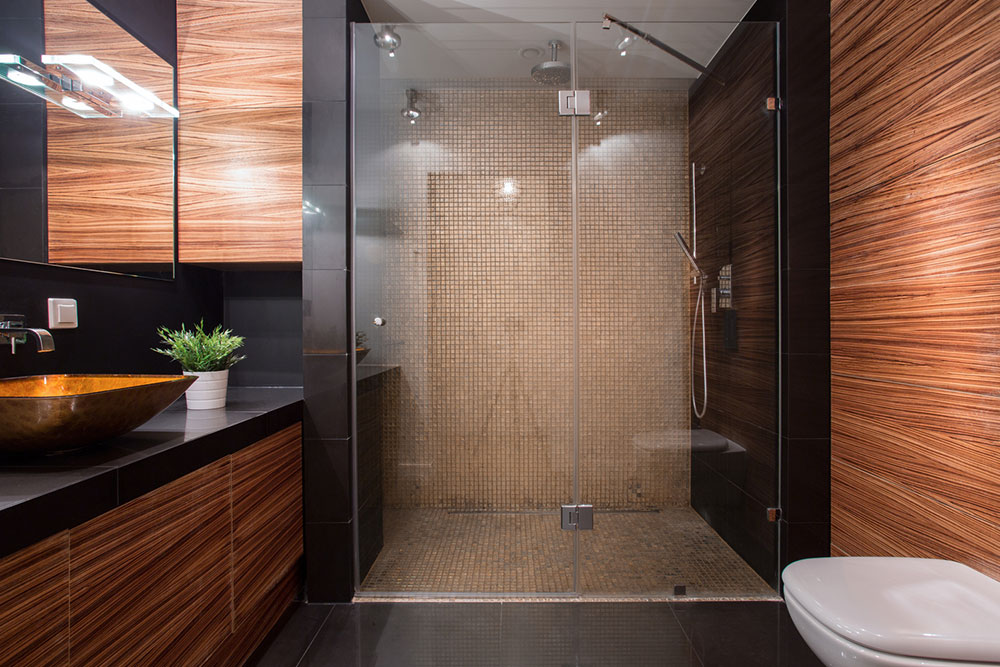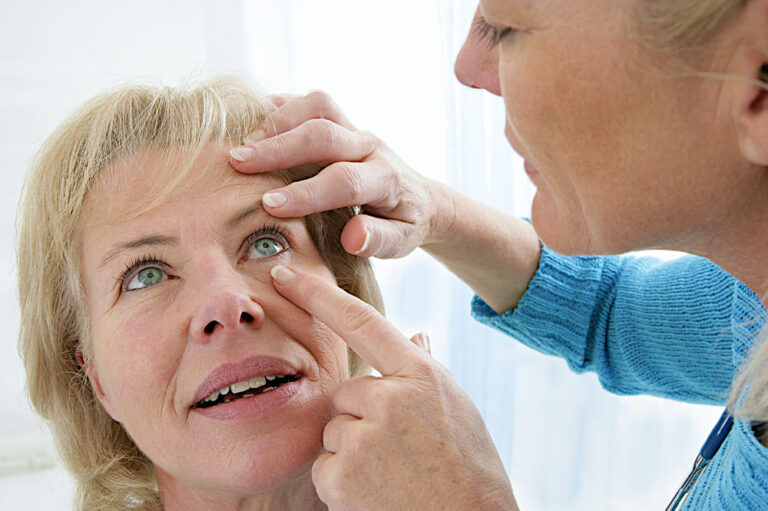
How to choose walk-in showers for seniors and those with disabilities
In a regular shower system, especially one that comes with a tub, one has to climb over the side wall to get into it. This feature can cause significant difficulties for seniors with disabilities. On the other hand, walk-in tubs and showers can help them enter and exit easily, as they are designed for the convenience and safety of seniors and the disabled . People using wheelchairs can also use walk-in tubs and showers without assistance.
How a walk-in bathtub and showers work
A walk-in tub/shower has a well-sealed door that can be opened inward or outward. One can enter the tub, rest on the seat, fill the tub with water at the right temperature, and have a good bath. Once one has bathed, one can drain the water, open the door, and leave. The bathtub also comes with a shower system for those who don’t wish to run a bath. The tubs are fitted with comfortable handles and non-slip floors that eliminate the risk of falls and slips for seniors and the disabled . Walk-in tubs comply with the Americans with Disabilities Act standards (ADA).
Features of walk-in tubs and shower systems for seniors and those with disabilities
Since the main feature of the walk-in tubs and showers is to give security and confidence to elders and people with disabilities, it is built with many safety and comfort features.
1. General features
Here are a few essential safety features and optional luxury features to check out in walk-in bathtubs:
- The low step-in threshold or no threshold feature aids in easy entry for seniors and wheelchairs.
- They come with watertight doors with tight seals, requiring minimal strength to open inward or outward.
- They have built-in, height-adjustable chairs for stability and safety.
- They come with non-skid surfaces, like textured flooring, to prevent slipping while entering or leaving the tub.
- Hand showers facilitate a comfortable bath while seated.
- The neck pillow prevents cramping and releases tension.
- The contoured, ADA-compliant seat makes it comfortable.
- The Safety U Bar is next to the faucet for extra grip while entering and leaving the tub.
- The door drains drain water within the tub, preventing overflow into floors.
- They come with integrated safety bars to hold onto while bathing, entering, and leaving the tub.
- They have a harness to provide stability inside the bath.
2. Therapy features
Doctors may recommend a hot bath for people with health conditions like arthritis that help their muscles relax. Soaking can also help reduce stress and improve the quality of sleep. Some therapeutic features that one may find in walk-in bathtubs and showers include the following:
- Hydrotherapy and massage systems with jets target pressure points on specific muscles and joints
- Air massage systems with jets that circulate air and gently massage
- Microbubble systems that can clean the skin gently are ideal for seniors with skin conditions
- Bidet jets that help clean areas of the body that seniors can’t reach with their hands
3. Luxury features
Luxury features are optional features that one can choose to add to one’s walk-in tub based on one’s interests and budget:
- Decorative bath walls
- Whirlpool jets
- Chromatherapy
- Aromatherapy
- Heated seat
- O2 water jet sanitizer
- Sound systems
Cost of walk-in tubs and showers for seniors and those with disabilities
The type of material used is a major factor in determining the cost of a walk-in tub. The cost also varies based on the brand, the number of safety and therapeutic features available in a tub, and installation. Tubs cost between $3,500 and $20,000. Bathtubs and shower enclosures can be fiberglass, enameled steel, acrylic, cast iron, cast polymer, ceramic, stone, or wood. One can customize them, especially the walk-in tub, to the maximum, starting with the type of material, the size, and the features one needs. One can choose a style and design that can easily fit in one’s current bathroom without costly remodeling.
Tips for buying walk-in tubs and showers for seniors and those with disabilities
Data says 33% of seniors are likely to suffer a fall; among them, slips in the bathroom form a chunk of the numbers. By making homes and bathrooms senior and disabled-friendly, one can reduce the chance of any injury that could worsen their quality of living or prevent them from carrying on their daily activities independently.
Here are a few tips for buying the right walk-in tubs and showers for the elderly and disabled:
1. Check safety and ease of access
Safety and ease of access should be the primary factors when deciding on the right walk-in tub for the elderly and disabled. The walk-in tub and shower should have a non-slip floor, a low step-in height, and none for wheelchairs. There should be safety handles or U-bars to help them climb from the seat and exit the tub. It has to have good drainage and a well-sealed door that prevents it from seeping or spilling on the bathroom floor.
2. Check size
Knowing the exact measurements of the bathroom before ordering one is important. Knowing the right tub size one needs can also reduce the cost of installation and new waterlines.
3. Look into the installation process
Installing walk-in tubs could cost between $2,500 and $7,500. If one buys a larger tub than one already has, one may have to pay additional costs for replumbing, additional renovation if required, and a dding new fixtures. Hence, choose a type of tub that requires minimal changes to reduce cost.
4. Decide on features
While some safety features are must-haves, there are additional therapeutic features that one can choose to add if one requires them. While there are no standard rules about step heights, if one is experiencing aches and pains, one may need a hydrotherapy system. However, one may not need a microbubble system if one does not have skin issues.
While heated seating and neck pillows are essential features that add comfort and provide stability, many additional fixtures, such as faucets and shower types, can add to the esthetics but do not add to the utility. One can choose features one needs and can afford rather than paying for ones one does not use.







